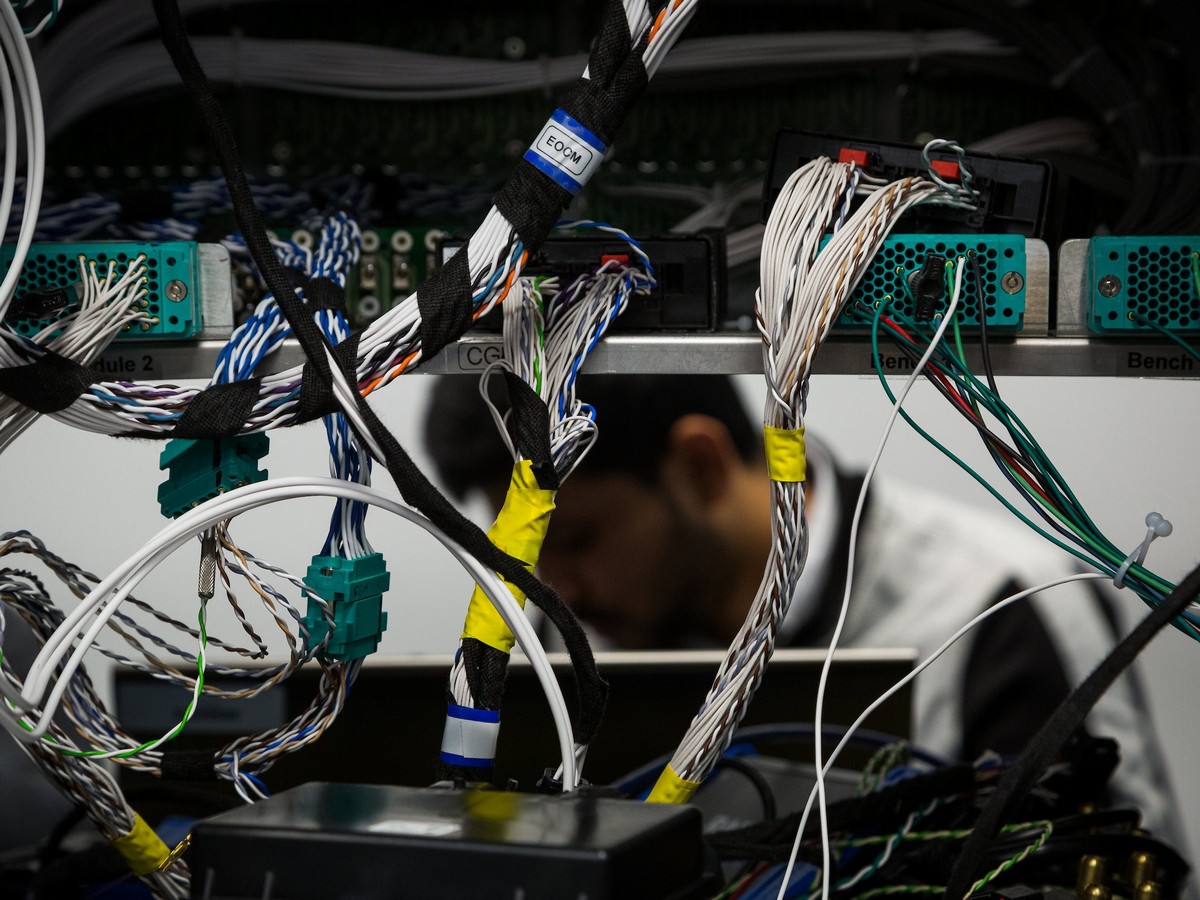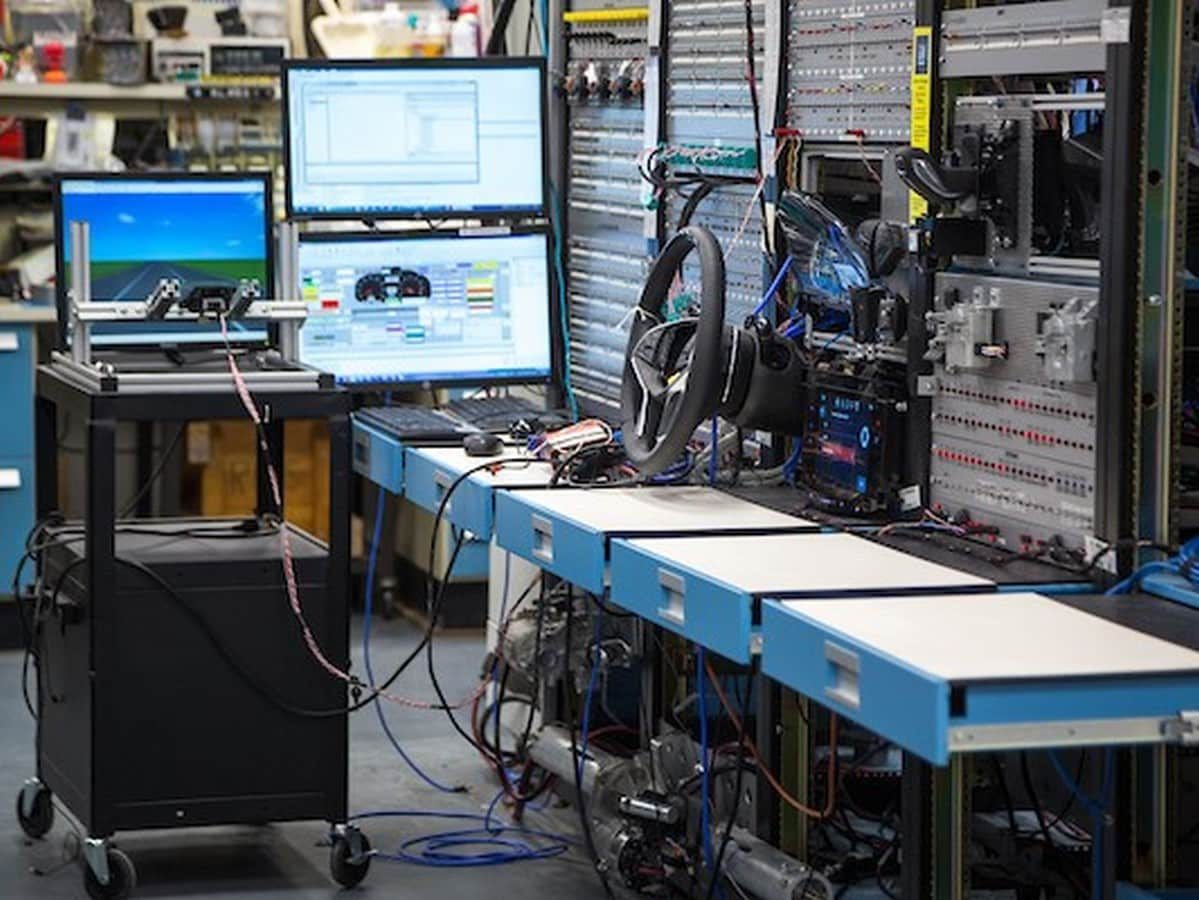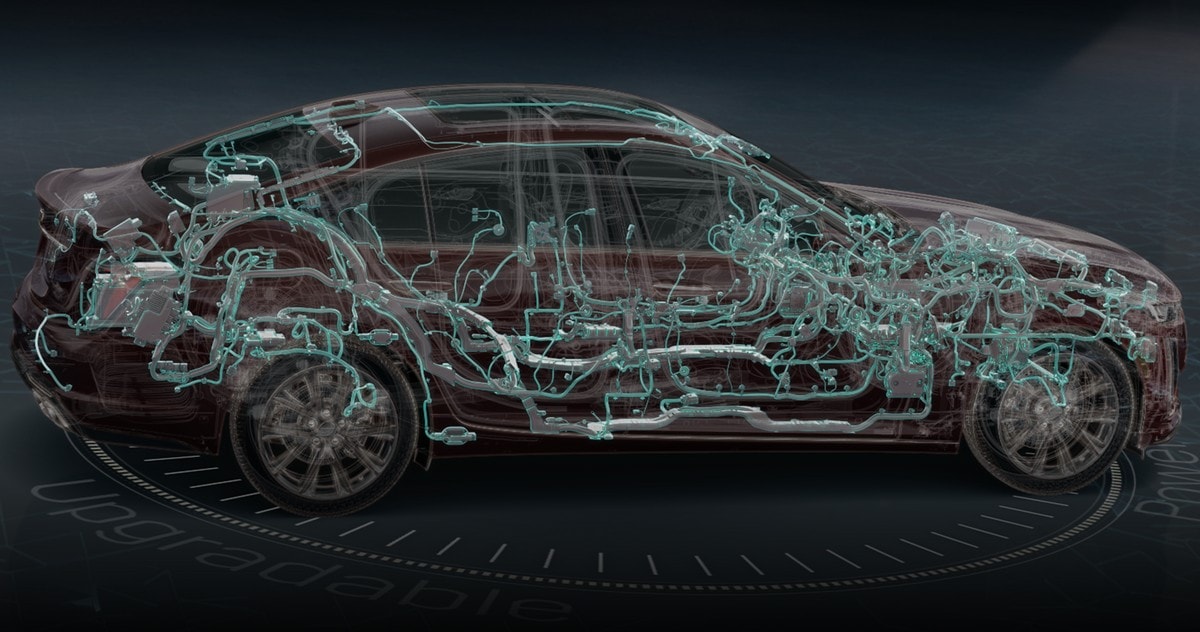- GM Digital Vehicle Platform will be a global electrical architecture
- New system five times more capable than the current one
- Set to support EV, autonomous and infotainment tech
- ·Debuts on 2020 Cadillac CT5 with global GM rollout by 2023.
Electronics is the key to future mobility and as a result, General Motors has developed a new digital vehicle platform, the company announced. This new technology will be essential to the function and interaction of vehicles, EVs, active safety, infotainment and connectivity features, as well as the evolution of Super Cruise driver assistance.
“The critical role of software and its importance to our vehicles, both now and for years to come, cannot be overstated,” said GM President Mark Reuss, characterizing it as a necessary stepping stone for reaching GM’s vision of “zero crashes, zero emissions, zero congestion.” This platform will provide the foundation for future growth in multiple areas, including advanced active safety, ride and handling, autonomous vehicles, and EVs.
Five times as capable, and OTA-compatible
The new electronic system will be capable of managing up to 4.5 terabytes of data processing per hour, which represents a fivefold increase in capability over the current GM architecture. Increased capability will power improvements in connectivity, advanced active safety features, better screen resolution, and the expanded rollout of Super Cruise. It will also enable packaging of more features, with more advanced technologies.
Related: Super Cruise is available for the 2019 Cadillac CT6
Emulating current smartphone technology, GM’s new platform will be capable of over-the-air (OTA) software updates, obviating the need for customers to make a dealer visit to remain current. Customers will be notified when upgrades are available, and can decide when to implement them.
In addition to software updates, most electronic control units (ECUs) will be upgradeable as well. Engine, transmission, advanced active safety, telematics and other systems can be dramatically improved and updated over the lifespan of a vehicle, forestalling obsolescence and incompatibility with newer vehicles. This would be accomplished through software and calibration upgrades delivered OTA. Further possible enhancements may be incorporated into the platform in the future.
Cybersecurity
Whenever a hardware/software environment is open to OTA updates, the issue of cybersecurity must be addressed. GM’s new system DNA includes significant protective features at the hardware and software levels. GM has a dedicated global Product Cybersecurity organization, consisting of a team of company experts focused on protecting against unauthorized access to vehicle and customer data.
For years, GM has maintained a security vulnerability disclosure program designed to engage with the research community. This program encourages external developers and “hackers” to report weaknesses and flaws through a formal “bug bounty” system, putting the power of crowdsourcing to work strengthening GM’s cybersecurity efforts.
In addition, GM chairs the Auto-ISAC (Automotive Information Sharing & Analysis Center), which is described as an industry-driven community to share and analyze intelligence about emerging cybersecurity risks to the vehicle. Auto-ISAC members include most of the major auto manufacturers, suppliers like AT&T, Harman, ZF, Intel, mobility companies like Mobis and Waymo, and other affiliated companies.
Development and availability
The new electronic platform was developed by a team of over 300 electrical, hardware and software engineers at GM facilities across the globe. More than 100 patents have been filed in association with the development program.
The platform will debut on the 2020 Cadillac CT5 sedan, which will go into production later this year, and will be rolled out to most of the vehicles GM’s global lineup by 2023.
“Our new digital vehicle platform and its eventual successors will underpin all our future innovations across a wide range of technological advancements, including EVs and expanded automated driving,” said Reuss.










